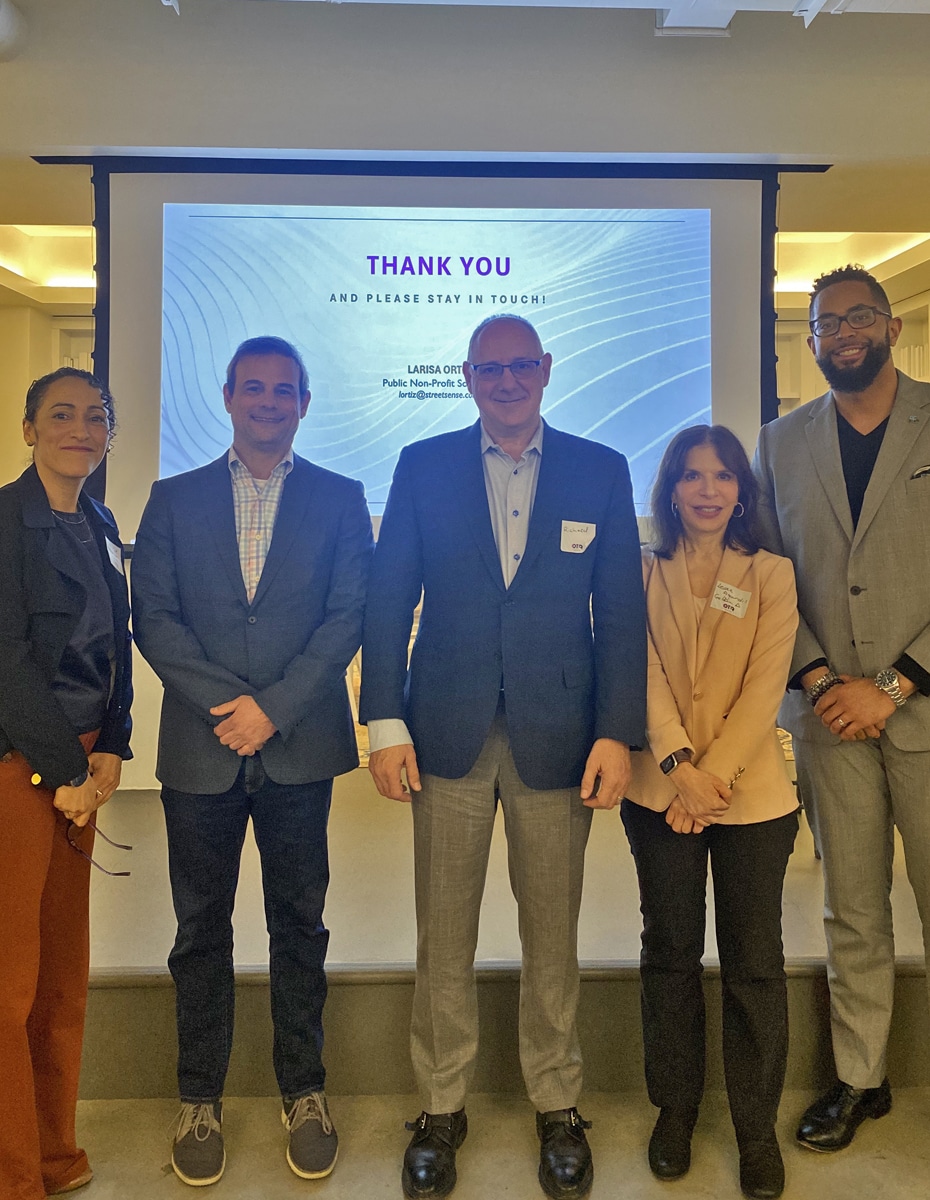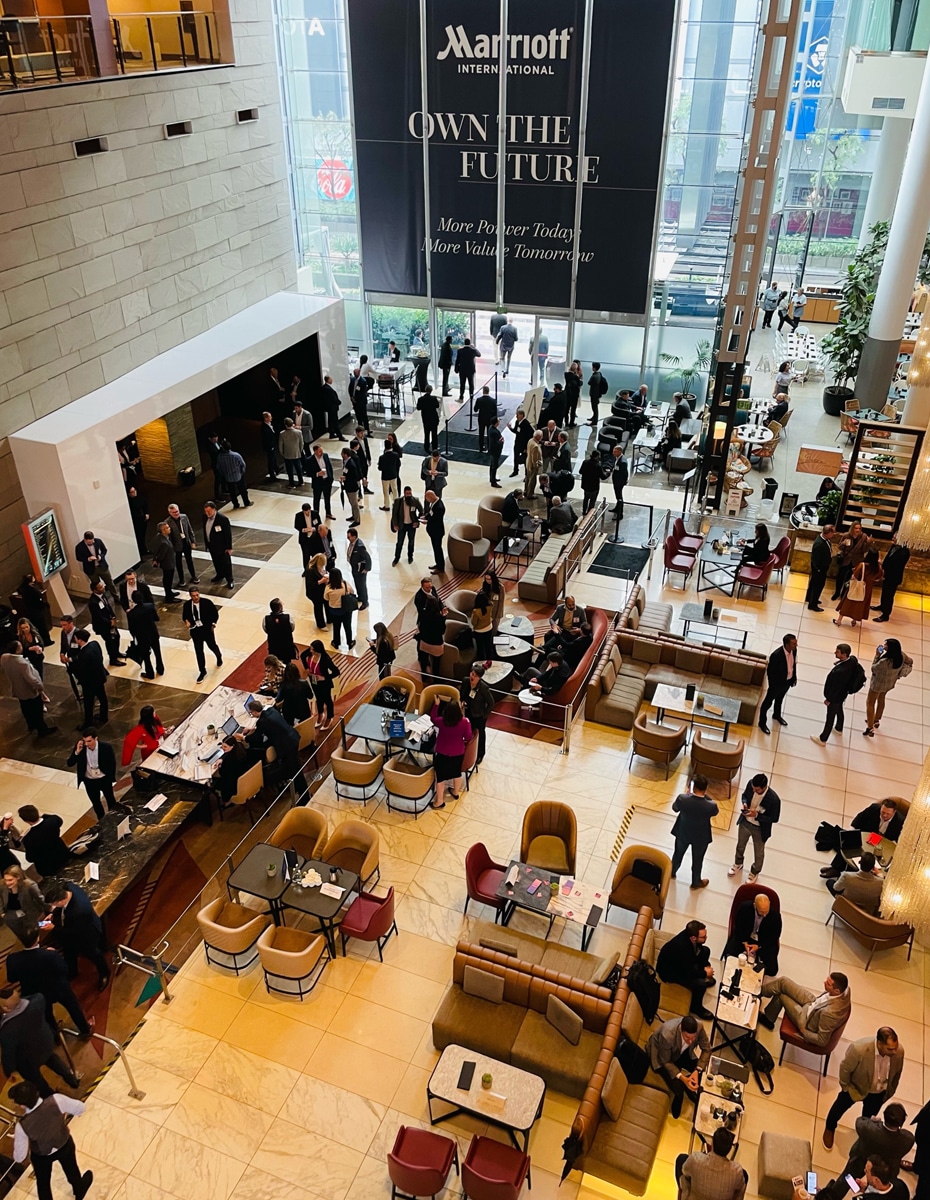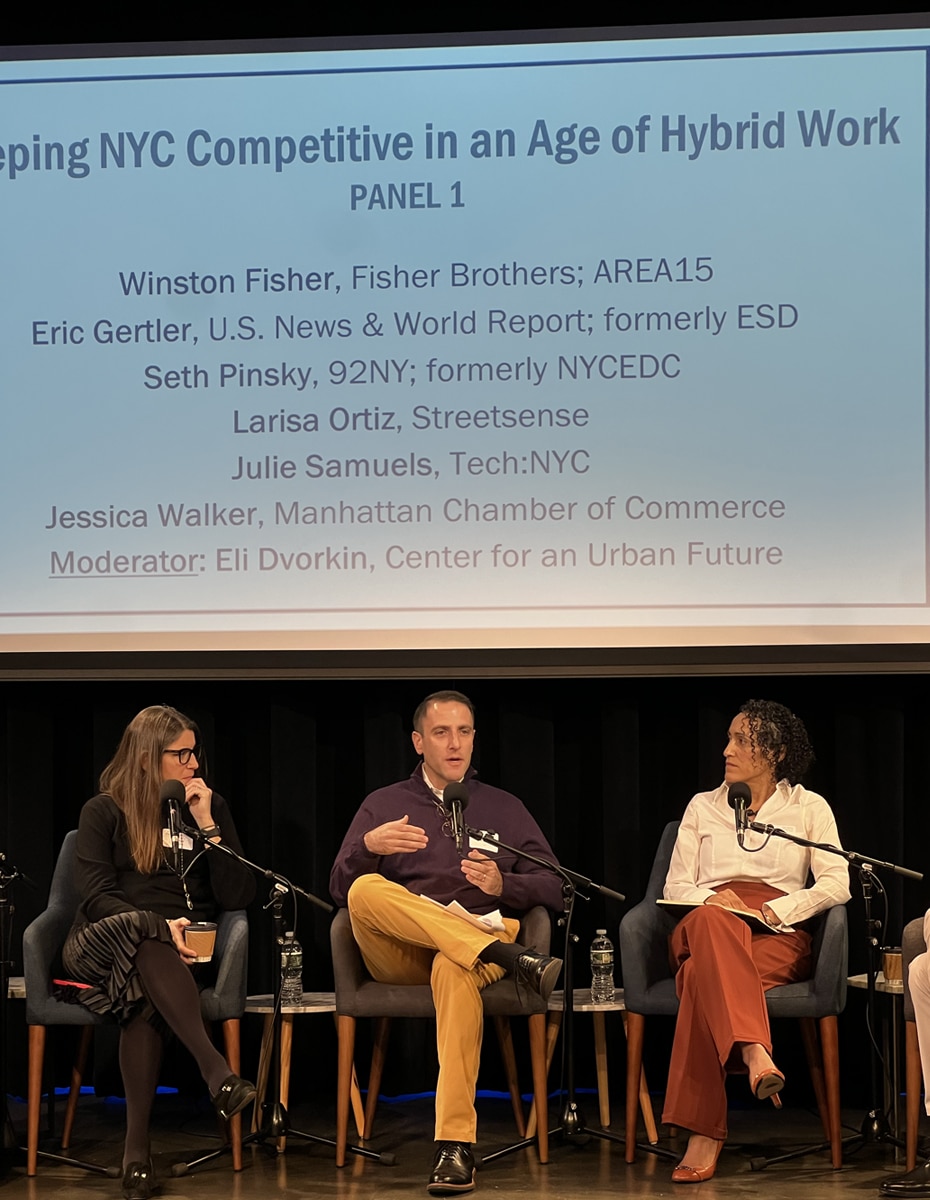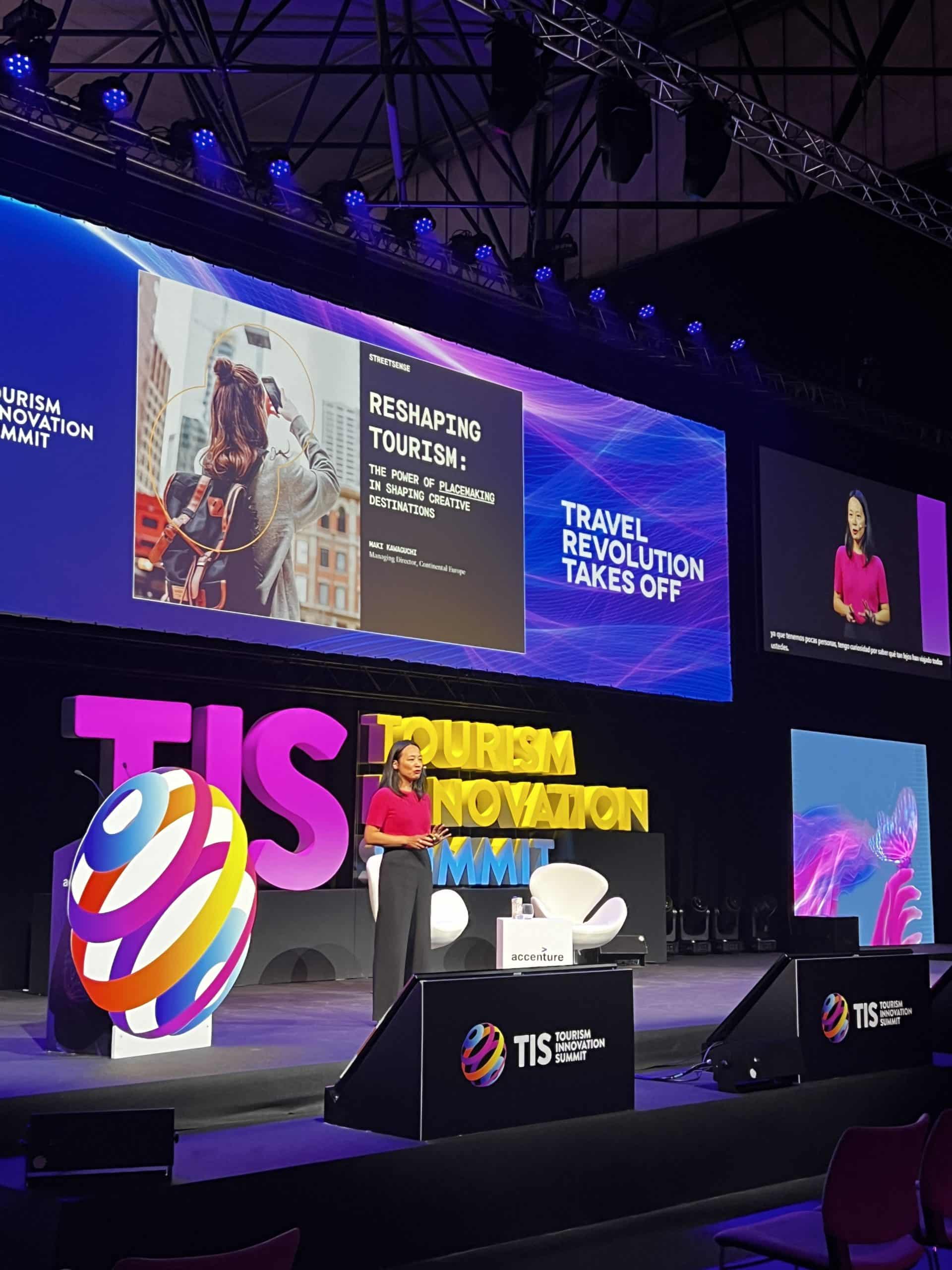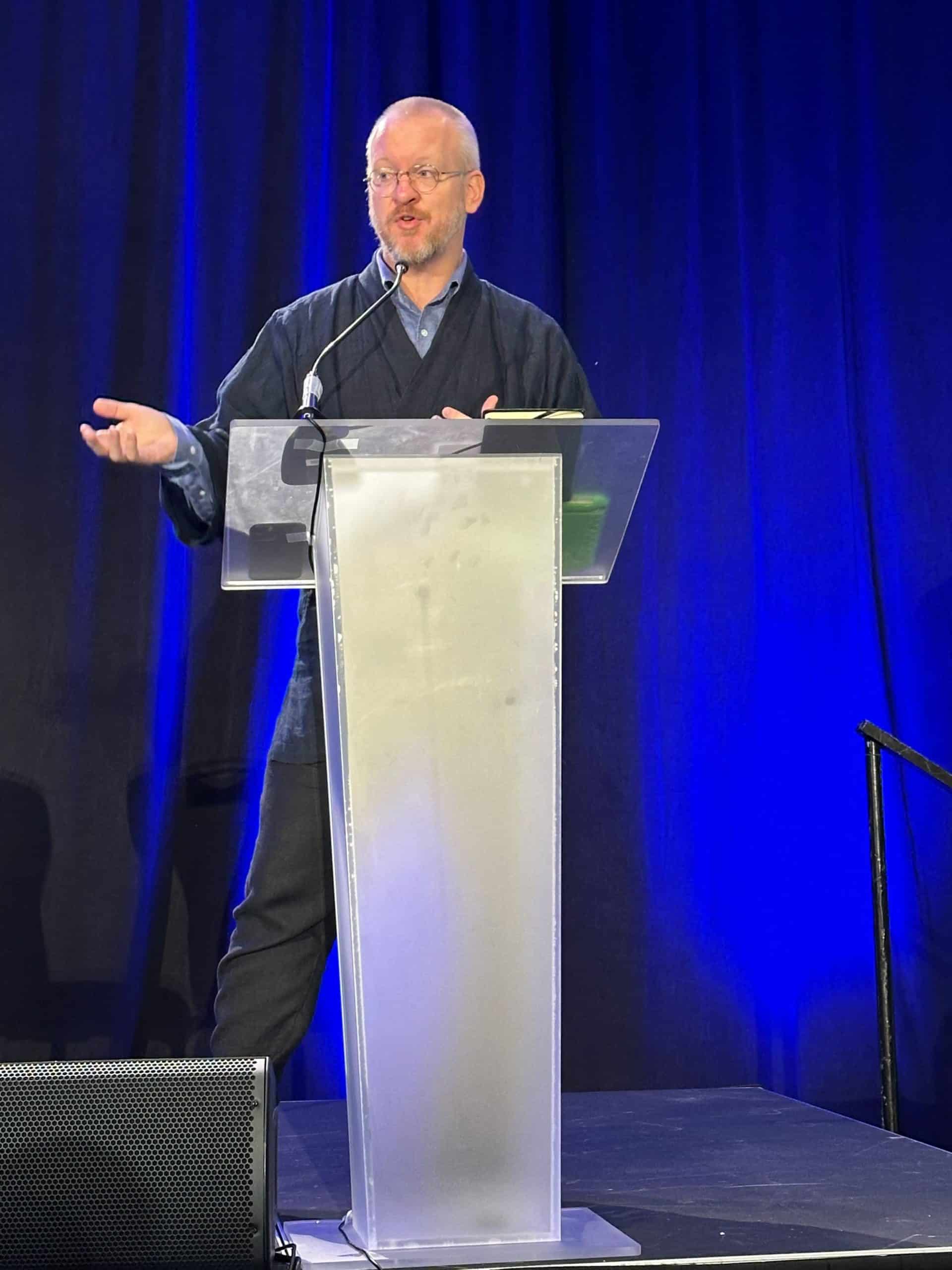In early October, I had the pleasure of attending the International Downtown Association’s (IDA) annual conference in Chicago, a multi-day event attended by over 1,400 inspired leaders shaping cities around the globe. Through break out panels and general sessions, we convened to discuss emerging trends in place management with an eye to bring solutions home to the cities and clients that we work for.
I was on two panels, The Case for Downtown Housing & How to Unlock Its Potential as a speaker, and I (Incentives) to Z (Zoning) – Solutions for Recovery as a moderator. In both conversations, other experts and I discussed housing and zoning challenge and solutions for downtowns, but in each, there was one common thread: Before COVID, the balance of mix of uses in our downtown commercial districted was more heavily weighted towards “work.” But times have changed, and our housing and regulatory frameworks need to change accordingly.

In many cities, the incentives, zoning, and regulatory frameworks were developed in service of a
downtown mix dominated by commercial buildings and office workers. Today, owing to hybrid-work,
office workers are in decline—their spending power is diminished and as a result, we have more empty
storefronts than many cities are comfortable with. Reviving the business case for these now empty
spaces requires finding new sources of customer spending. In many cases this means renovating and
converting former office space to residential uses whenever possible. Unfortunately, our central
business districts are often devoid of the neighborhood infrastructure that enables them to stand in
competition with other neighborhoods for people at every stage in their lives
After COVID, we need to shift towards a different mix of uses, and as such, revisit not only the zoning and regulatory structures, but our investment patterns that will need to make downtowns true, versatile neighborhoods. This means investing in things like playgrounds, dog parks, relevant retail, and day care.
The downtown retail mix has changed, and zoning laws need to consider new options. One example that excites me is light industrial spaces, like this soap maker in downtown Memphis (a former client of ours). In many cities, artisanal, small-scale manufacturing like this is restricted. And the hoops that we make small businesses jump through, which cost time and money, set back small business owners who have less capital to spare before they have even opened their doors for business. Yet these are precisely the kinds of businesses that make a trip to a store worthwhile!
Every year, I look forward to joining our long-term partner IDA in solution-sharing to ensure Streetsense and the Place Consulting team are providing our clients with the highest level of expertise and problem-solving. Here’s to another year of identifying trends and delivering solutions!
The Streetsense Place Consulting Team leverages our strategic and creative advisory services to solve complex real estate issues that enhance the value of places—whether they are new mixed-use developments, assets facing challenges, vibrant districts, or captivating destinations.
BACK TO LATEST


